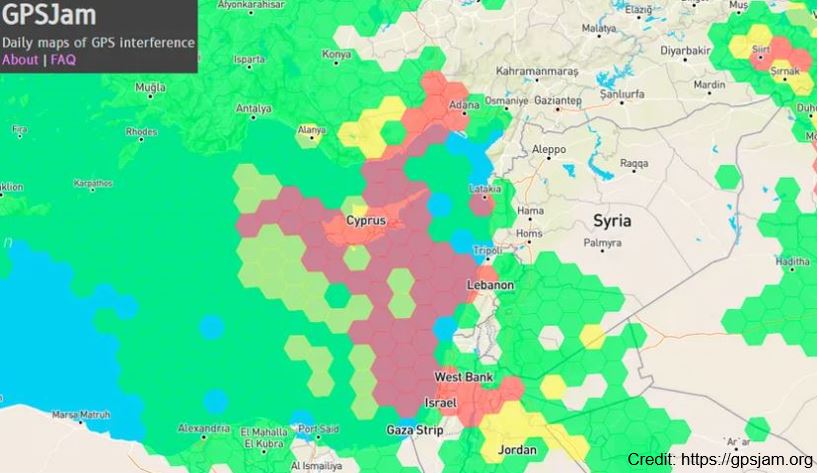

In a series of recent blog posts focused on airport drone mitigation, Mark Rutherford, our Sales Director in the UK, explained what is jamming, its drone frequencies, different types of jammers, effectiveness and consequences. While jamming has some benefits, it can also bring some negative impact, depending on the environment and/or scenario. This is particularly true in urban and sensitive environments and, as Mark points out, it can affect airport operations by grounding and/or diverting all aircrafts, until the situation is under control.

GPS jamming has caused operational interference in the Middle East. In fact, a recent article highlights how jamming of satellite-based navigation systems – including UAVs – just reached a six-month-peak, interfering with the operations of planes in the area. While GPS jamming may be used to protect the region from hostile UAVs, it can also affect the airspace. In fact, as pointed out in the article, in the past weekend, more than 20% of planes flying in the area reported significant GPS jamming – which led to airplanes being diverted.
In 2022, there were dozens of airport drone incidents around the world. Some of them led to diverted flights, disrupted takeoffs and landings, and airports closures. Airports continue to experience these incidents in 2023 (the Dublin Airport suspended flights six times since January 2023 due to drone sightings!). While jammers can stop drones, it could be a costly countermeasure, particularly if planes are grounded, leading to heavy financial losses to airlines and airports. In addition, a jammer doesn’t take control of the drone or the pilot, but rather impacts the drone pilot and GPS signals. This can lead to an unexpected outcome that may damage infrastructure, aircrafts and vehicles, or harm people in the area.
There is a wide range of counter-drone (C-UAS) detection and mitigation technologies available today. Different anti-drone technologies vary in their suitability for each use case and scenario. As jammers can lead to unintended consequences in certain environments, traditional and modern technologies should be examined to inform evaluations and decision making, in the context of the specific needs of the sector, environment, and use case.
To evaluate and compare C-UAS mitigation (and mitigation) technologies, it’s important to review and analyze the detailed features and functions of each anti-drone device, including functionality, strengths, and challenges, and operational considerations. A suitable counter-drone technology for detection and mitigation must address the specific needs of the use case and environment.